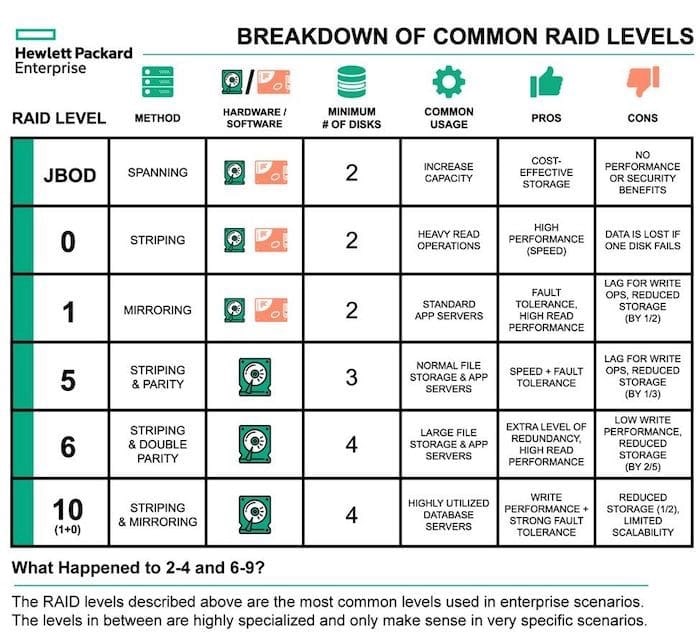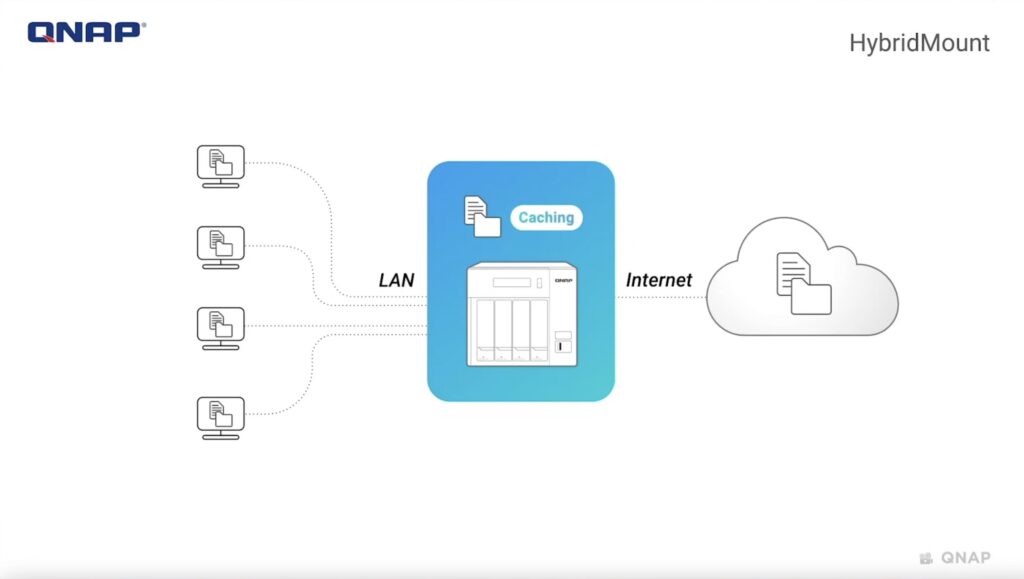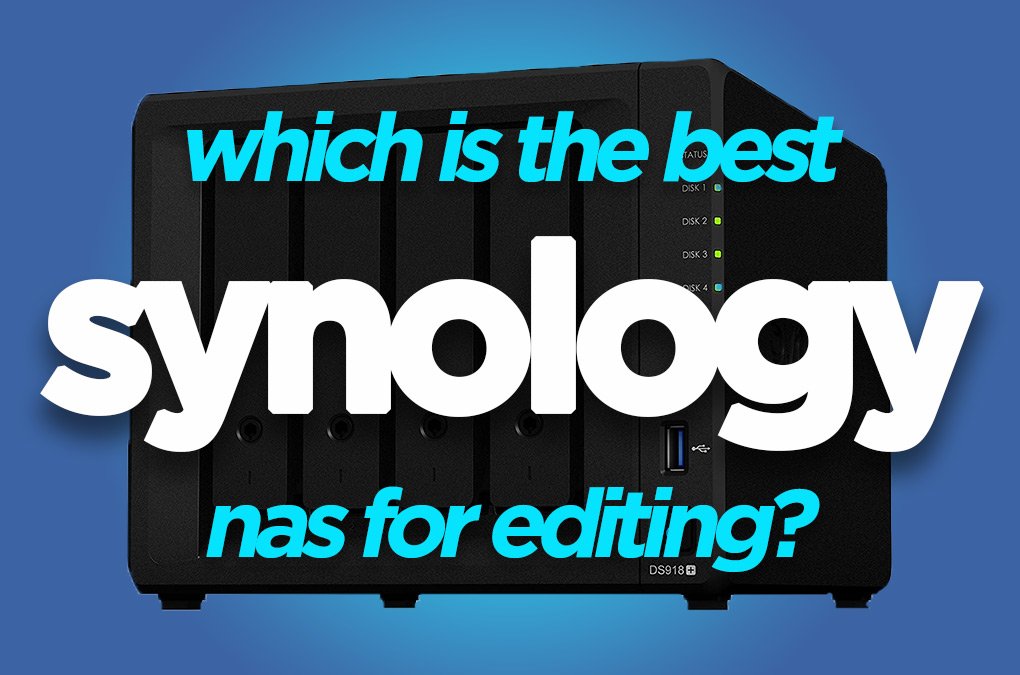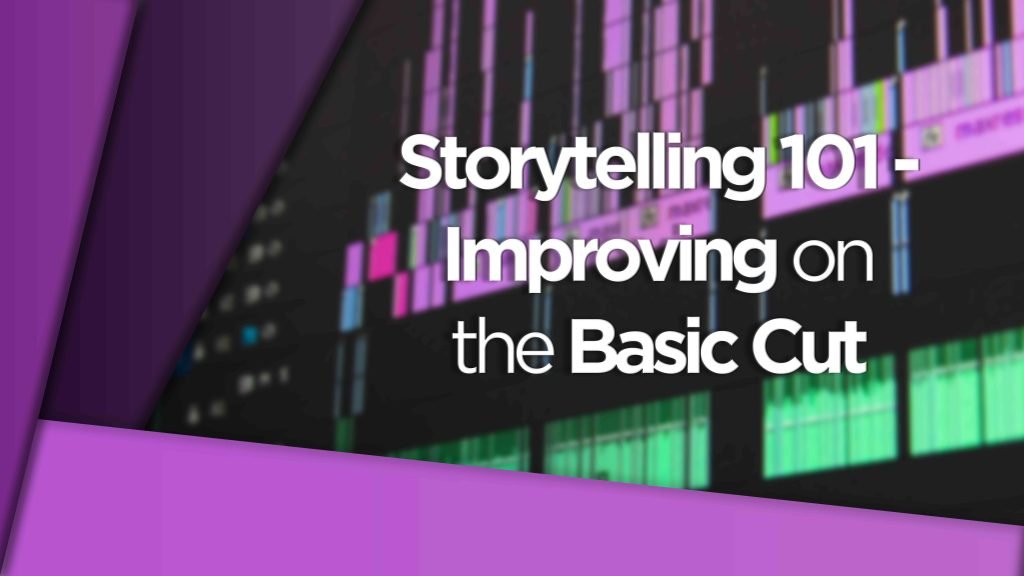Would you like to have access, fast access at that, to shared storage that all of your designers and editors can access at the same time?
What if that storage was able to hold all of your previous media in an organized folder structure that is also searchable?
Would you like to be able to have access to that shared storage remotely so that you can work with your team from anywhere in the world?
How about being able to set up a render farm in After Effects in your office to export projects quicker?
I think you know what I’m getting at here don’t you?
Watch the Video
External Hard Drive Dependency
I’m going to hazard a guess that currently you rely on external hard drives or you might have even used an external RAID set up but it does not have NAS functionality and you want to move to the next level.

I know the pain. I’ve been there too.
You seem to be buying a new drive every month, it’s getting exhausting keeping track of where media is across them all, who has which drive in your team and on top of all of that, it’s expensive too!
Having built out a few post-production teams now in the digital video, animation and creative content production spaces I can tell you that this is a common problem. At each point, I have come in and the reliance on external drives or cloud storage providers is the thing that holds everybody back from their potential.
That goes against everything I stand for with this channel, here we work smarter, not harder. It gives you more time to be creative.
Shared Storage
I’m not going to go into what a NAS is, I’ve done that in plenty of other videos which you can check out here.
However, I will briefly explain the initial advantages before looking at some of the bigger benefits that may assist you in other ways.
As I mentioned at the start, a NAS is a central hub of storage that is accessible by many on and off your network, making it shared storage. This has an immediate benefit over external drives because you can all access the same data and media at the same time without needing to share drives around the room. It also has an advantage over cloud storage because you don’t need to selectively sync media, wait for it to download and eat up precious storage space on your PC.
The next thing is that your media is all stored in one location, which is indexed by the NAS and so becomes searchable. So that specific shot you know looked awesome from 3 years ago in some random project that would otherwise be in a heap of drives somewhere in a drawer, well now it’s just a search bar away.

On top of this, your media has an added layer of protection over external drives because NAS usually has something called RAID setup on them. Simply put, this spreads your data across drives inside the NAS so that if one drive fails you don’t lose your data, you simply replace that drive and away you go again. Gone are the days of corrupted or damaged drives with unrecoverable data on them.
Oh yeah, one final point in this area, remember that mess of cables that you have to ensure you can access that drive from 5 years ago with a mini-USB or firewire or USB-a-type interface. Well, those days are gone too because this all works through your ethernet port connection. Internet and access to your media are done through this one cable now.
Cloud Storage Backup and Sync
In recent years NAS systems have adopted a feature on them that allows for you to link your NAS and your cloud storage provider together. Whether that is the likes of Dropbox, GDrive, Box or something longer term for archival cold storage like AWS or Backblaze etc then it can all be done through your NAS.
What this means is that it could save you money.
How?
Well, instead of buying a NAS with terabytes and terabytes of storage to store all your old data you could buy a NAS with half, a third or a quarter of that storage and use that as your hot storage or where you work from current projects and then all your older projects you store in the cloud. This works best if you have enterprise-level cloud storage subscription so you won’t be penalised on storage limitations in the cloud.

If you ever need to work from that media again you just sync it to your NAS and then everyone has access to it again at NAS speeds.
What this also does is allow for remote working possibilities. If you set up your NAS and cloud storage with two way sync and for all folders then your remote designers and editors will see changes synced to their folders locally and any files changed on their end will sync back to the office too.
Remote
Ok, so this is probably one of the most useful parts to having a NAS these days. Being able to work with your team remotely, wherever you are in the world.
This wasn’t so easy to do just a few years ago but the capabilities of NAS have improved dramatically and so have internet transfer speeds.

So if you have a team that are spread around and you need a way to collaborate and work from the same media without having to use slow VPN services then cloud sync functionalities allow you to do this.
Most NAS systems these days have their own cloud sync service which your staff can all set up on their local machines and have direct two-way access to your media on the NAS.
Any changes they make will be reflected on everyone else’s sync folder and vice versa.
The other setup that works very well for larger remote teams is to have a large multi-bay NAS in the office HQ and then for your designers and editors to have a 1 or 2-bay NAS on their desk at home. This allows not only for backup of projects in more places but it allows your team to store multiple terabytes of media and have access to it at fast speeds but also for any changes to be replicated everywhere.
There are many ways to work with NAS remotely nowadays so don’t let leaving the office be a fear for your team any longer. Check out this video here for more on this.
Render Farm
Yeah, you read that right. I bet you’ve always thought it, haven’t you? We’re all on the same network in the office, we’re all working on the same project, with the same computers yet we can’t link them to set up a Render Farm and export quicker?
Well, with a NAS you can. All you needed was a shared storage location for After Effects to look at to complete the circuit. Shared storage is vital for any form of render farm, for After Effects, Cinema 4D, Blender, Nuke, Maya, or whatever it might be.
You may or may not know that when you download and install After Effects you get a free version of just the rendering application which can be installed on any of your computers on your network.
Connecting them to the NAS and firing up this renderer allows the setup of a render farm.
Check out this guide for a manual way to do this.
Which NAS to choose?
Well, now here is the pivotal question. Do you go for a 2, 4, 8, 12 or more bay NAS? Do you need Gigabit, 10G, 25G or fibre? Do you need an SSD cache? Do I need Thunderbolt?
I can tell you that you do need some aspects of these questions but not all. I can also tell you which NAS is best for your size team right here:




